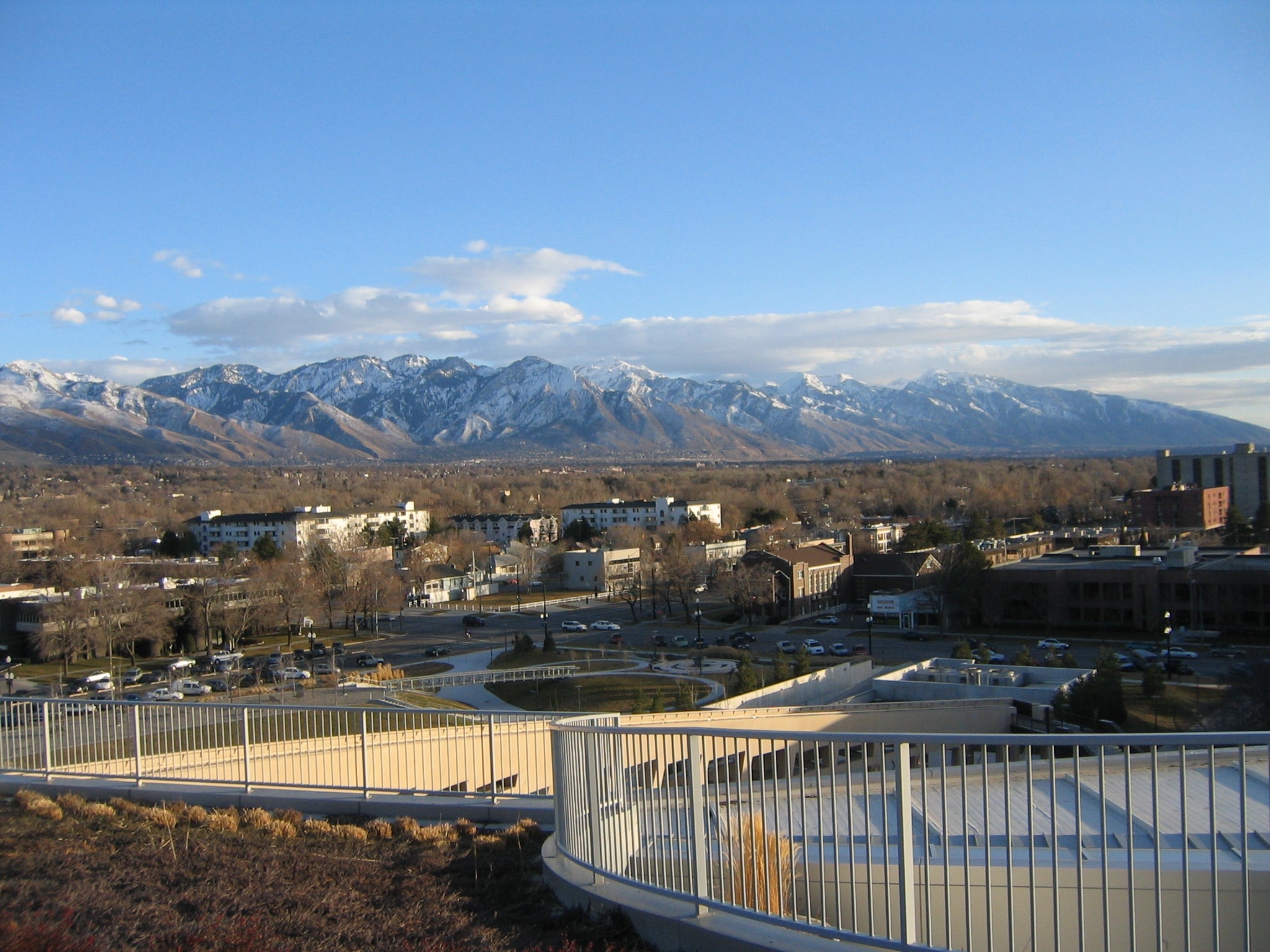Let's take a casual stroll through the geologic history of the Wasatch Front, a fascinating and dynamic region in Utah. Imagine we're hiking along those majestic mountains, and I'm your friendly geology enthusiast, eager to share some cool facts about how this landscape came to be.
The Early Days: A Billion Years Ago
Our journey begins about a billion years ago. Back then, the area that's now the Wasatch Front was part of a vast ocean. Picture vast beaches and lagoons, with sandstone and limestone being deposited by the waves. These layers, formed from sediments, would later become the foundation of the mountains we see today.
Rise of the Mountains: 15 Million Years Ago
Fast forward to around 15 million years ago, and things start to get really interesting. The Wasatch Range began to rise, pushed up by forces deep within the Earth. This uplift was part of a larger geologic event that shaped much of the western United States. Imagine these mountains slowly but powerfully rising, reaching elevations over a mile high!
Magma Intrusions: 38 to 24 Million Years Ago
During a period from about 38 to 24 million years ago, large bodies of magma intruded into parts of what is now the Wasatch Range. These intrusions of granitic rock added to the complexity of the region's geology. Over time, erosion exposed these rocks, adding to the scenic beauty of the mountains.
The Role of Faults
The Wasatch Front is also home to the Wasatch Fault, a significant geological feature. This fault has been shaping the landscape for millions of years and is responsible for some of the dramatic topography you see today.
Lake Bonneville: The Ice Age Lake
Around 25,000 years ago, during the Ice Age, the region was home to Lake Bonneville. This massive lake, as large as Lake Michigan, covered much of western Utah. The remnants of this lake have significantly influenced the landscape, including the formation of the Great Salt Lake.
The Present Day
Today, the Wasatch Front is a mix of picturesque mountains, valleys, and canyons. The uplifted mountains continue to erode, turning big rocks into smaller ones, contributing to the sand and gravel found in the region. This ongoing process of uplift and erosion means the landscape is still changing, even if it's at a pace that's hard for us to notice.
So, there you have it! The Wasatch Front's geologic history is a tale of oceans, mountain-building, magma, and ice age lakes. It's a story written in the rocks and landscapes that make this region so unique and beautiful.


